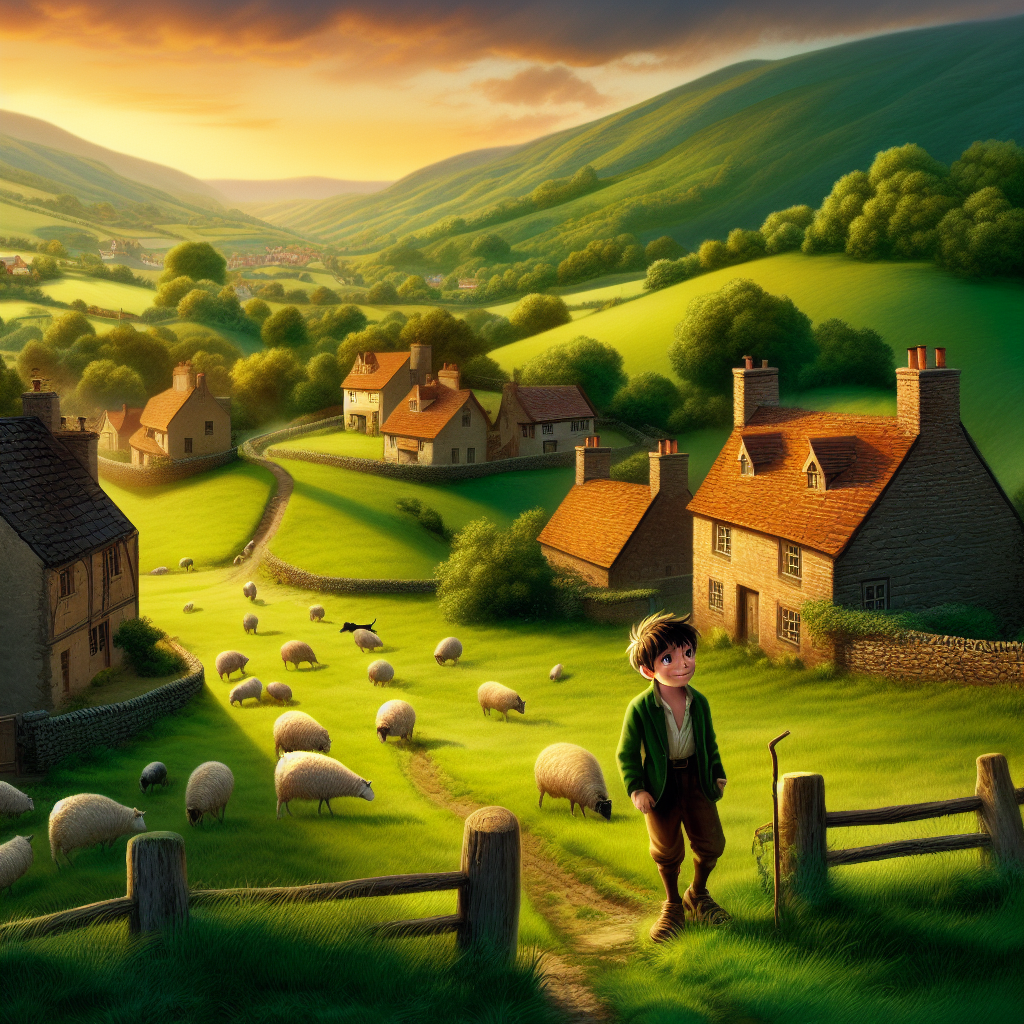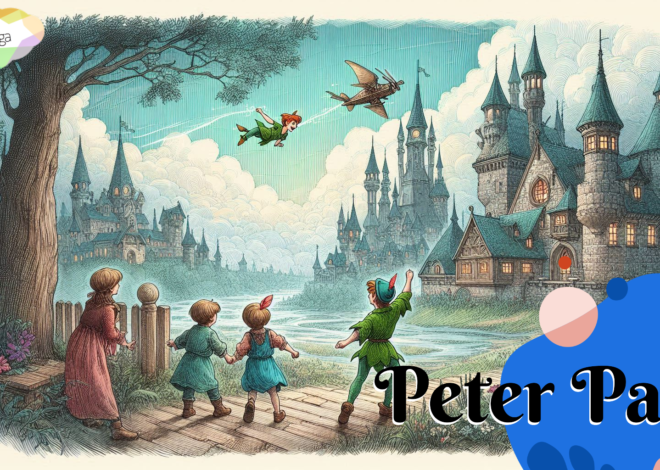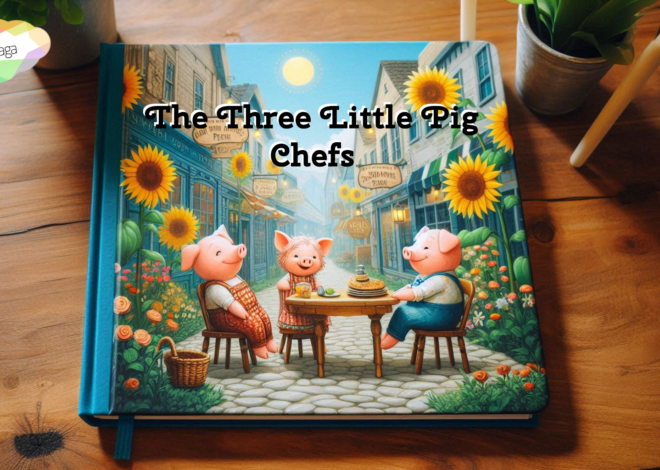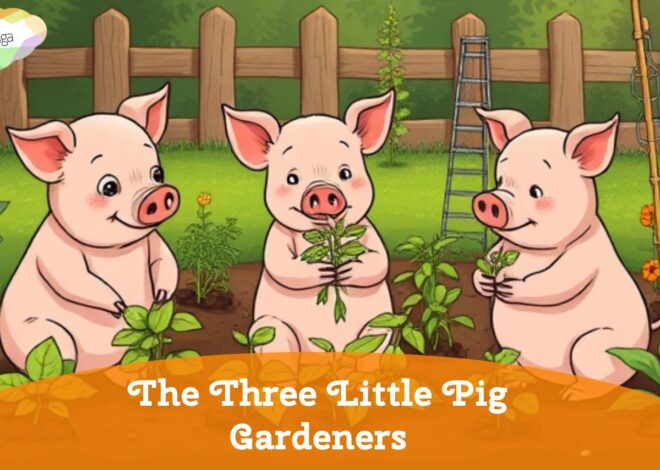
The Boy Who Cried Wolf – Classic Bedtime Story for kids
“The Boy Who Cried Wolf”: Aesop’s fable teaches the moral lesson that honesty is essential. It cautions against lying and shows the consequences of deceit.
Once upon a time, in a small village nestled between rolling hills and green meadows, there lived a young shepherd boy named Jack. Jack was responsible for watching over the village’s flock of sheep, making sure they grazed safely in the fields.
One sunny day, as Jack sat on a grassy knoll, he grew bored. The sun was warm, the sky was clear, and the sheep were peacefully munching on the grass. Jack thought to himself, “What if I had a little excitement? What if I could make the villagers rush to help me, just for fun?”
With a mischievous grin on his face, Jack stood up and shouted, “Wolf! Wolf! There’s a big, scary wolf coming to eat our sheep!”
The villagers, hearing the cry, dropped everything and rushed to Jack’s aid. “Where is the wolf?” they asked, worried and ready to protect their flock.
Jack chuckled and said, “Fooled you! There’s no wolf. I just wanted to see if you’d come.”
The villagers sighed and shook their heads, not pleased with Jack’s trickery. They returned to their work, and Jack couldn’t help but feel a little satisfied with the attention he had received.
Days passed, and Jack’s boredom returned. This time, he decided to play the same trick again. He stood on the hill and shouted, “Wolf! Wolf! The wolf is back, and it’s even bigger than before!”
Once more, the villagers dropped everything and rushed to Jack’s aid. But when they arrived and saw no wolf, Jack laughed, “Gotcha again! No wolf, just me having some fun.”
The villagers were frustrated, but they forgave Jack, thinking he was just a mischievous boy. However, Jack didn’t realize the consequences of his actions.
One evening, as the sun dipped below the horizon and painted the sky in warm hues, Jack saw a real wolf approaching the flock. Its eyes gleamed with hunger, and Jack felt a chill run down his spine.
Panicking, Jack screamed, “Wolf! Wolf! A real wolf is coming to eat our sheep! Please, help!”
This time, though, the villagers didn’t believe him. They remembered his false alarms and thought he was playing another trick. They stayed in their homes, and the poor sheep faced the ferocious wolf alone.
The wolf, having no trouble at all, snatched one sheep after another until the entire flock disappeared into the hills. Jack, now realizing the consequences of his dishonesty, felt a heavy weight on his heart.
When the villagers found out what had happened, they were disappointed and angry. They scolded Jack for his lies and explained that trust, once broken, is not easily mended.
From that day forward, Jack learned a valuable lesson about the importance of honesty. The tale of the boy who cried wolf spread through the village, teaching everyone that deceitful actions can have serious consequences.
And so, under the twinkling stars and the watchful moon, the villagers and Jack learned to be truthful and to cherish the trust they shared in their close-knit community.
The story of “The Boy Who Cried Wolf” teaches children a valuable lesson about the importance of honesty and the consequences of deceit. Here are the key lessons that kids can learn from this timeless fable:
- Honesty is Essential: The primary lesson of the story is that honesty is essential in building trust. Jack’s repeated false alarms about the wolf eroded the villagers’ trust in him. Children learn that being truthful is not just a virtue but a crucial aspect of maintaining healthy relationships.
- Consequences of Deceit: The story vividly illustrates that there are consequences to dishonesty. When Jack really needed help, the villagers didn’t believe him because he had deceived them before. Children understand that lies can have serious repercussions and that being truthful is vital in gaining support when it is genuinely needed.
- Trust is Fragile: The fable emphasizes the fragility of trust. Once broken, trust is not easily regained. Children learn that people may be less likely to believe or trust someone who has a history of being untruthful. It encourages them to value and protect the trust they build with others.
- Think Before You Act: The story also highlights the importance of thinking before acting. Jack’s impulsive desire for attention and amusement led to serious consequences. Children are encouraged to consider the impact of their actions on themselves and others before engaging in behavior that may harm relationships.
- Responsibility for Actions: Jack’s actions have repercussions not only for himself but also for the entire village and the flock of sheep. Children learn about taking responsibility for their actions and understanding that what they do can affect others around them.
- Patience and Understanding: The villagers demonstrate patience and understanding by initially forgiving Jack for his tricks. However, the repeated deception eventually leads to a loss of trust. Children can learn about the importance of patience but also the limits to which people can tolerate deceit.
- Learn from Mistakes: The story encourages children to learn from their mistakes. Jack’s realization of the consequences of his actions serves as a powerful lesson. Children are encouraged to reflect on their behavior, understand the impact of their choices, and strive to make better decisions in the future.
Overall, “The Boy Who Cried Wolf” serves as a cautionary tale, guiding children to value honesty, appreciate the trust of others, and recognize the far-reaching consequences of deceitful actions. It provides a timeless and relatable narrative that imparts essential life lessons.



